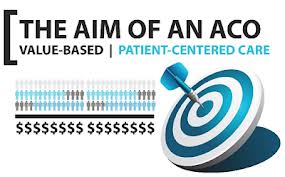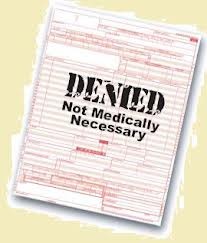BHM Services
What ACO Obstacles are You Facing?
While many have been quick to defend the slow rise of Accountable Care Organizations (ACOs), many others are looking not at the slowness of the climb, but the inconsistency. Circling back to the entire point of ACO formation in the U.S. there were two distinct motivations: 1) the care previously provided by independent physicians was more often than not uncoordinated and 2) the fee-for-service payment model was inefficient and made the incentive for physicians providing more care not necessarily good care.










